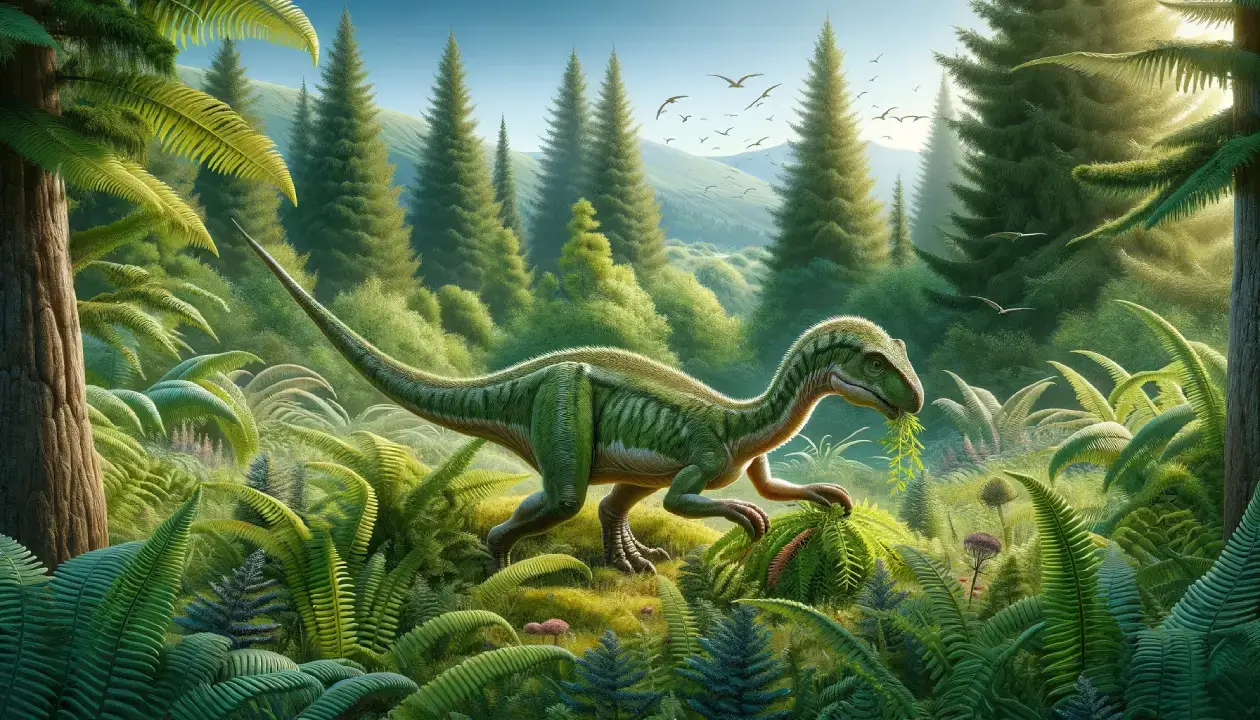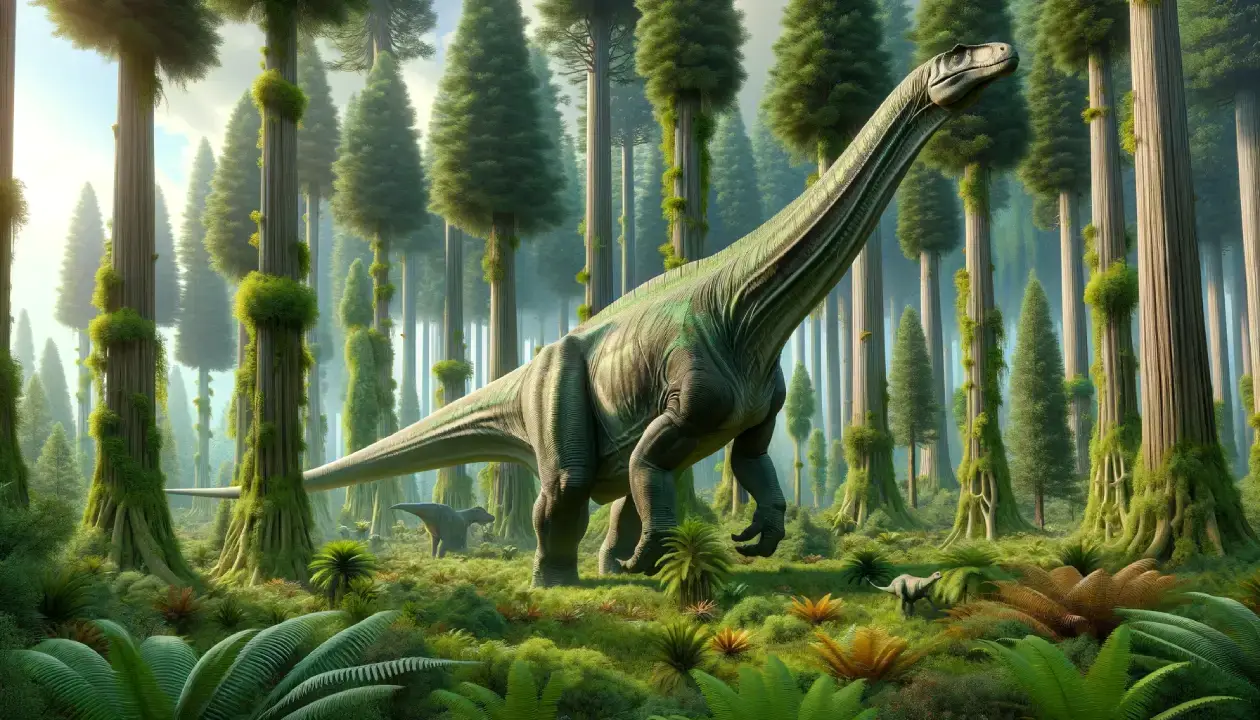Pachycephalosaurus was a herbivorous dinosaur that lived in North America during the Late Cretaceous period, about 70 to 66 million years ago. It is known for its thick and domed skull, which may have been used for head-butting or display. Its name means “thick-headed lizard” in Greek.
Basic Information
| Feature | Details |
|---|---|
| Time Period | Late Cretaceous (Maastrichtian) |
| Diet | Herbivore |
| Length | 4.5 meters (15 feet) |
| Weight | 450 kilograms (990 pounds) |
| Size | Medium |
| Posture | Bipedal |
| Locations | USA (Montana, South Dakota, Wyoming), Canada (Alberta) |
| Continent | North America |
| Type | Pachycephalosaurs |
| Habitats | Forest, Grasslands |
Description of Pachycephalosaurus
Historical Context
Pachycephalosaurus was first discovered in the 1850s by Ferdinand Vandeveer Hayden, who collected a bone fragment from the Lance Formation of Montana. However, he did not recognize it as a dinosaur and thought it was part of an armadillo-like animal. The first skull of Pachycephalosaurus was found in 1931 by Charles W. Gilmore, who named it Troodon wyomingensis. In 1943, Barnum Brown and Erich Maren Schlaikjer realized that it belonged to a new genus of thick-skulled dinosaurs and renamed it Pachycephalosaurus wyomingensis. They also named two other species, P. grangeri and P. reinheimeri, based on partial skulls. However, these are now considered to be synonyms of P. wyomingensis. Some other genera that were once thought to be distinct from Pachycephalosaurus, such as Stygimoloch and Dracorex, are now regarded as juvenile or growth stages of the same species.
Physical Attributes
Pachycephalosaurus had a large and pointed head, with a thick and slightly domed skull roof that was up to 22.5 centimeters (9 inches) thick. The skull also had short spikes and knobs around the dome and on the snout. The function of the skull is still debated, but some possible explanations are that it was used for head-butting rivals, displaying to mates, or intimidating predators. The teeth of Pachycephalosaurus were small and leaf-shaped, suitable for cropping plants. It had a short neck, a robust body, a long tail, and strong legs. It had five-fingered hands with hoof-like claws and four-toed feet with a reduced fifth toe.
Feeding Habits
Pachycephalosaurus was a herbivore that fed on low-growing plants such as ferns, cycads, horsetails, and conifers. It may have used its beak to nip off the vegetation and its cheek teeth to grind it up. It may have also eaten fruits and seeds, as some of its relatives had specialized teeth for cracking nuts. Pachycephalosaurus probably had a large stomach to digest the plant matter.
Unique Features
The most unique feature of Pachycephalosaurus was its thick and domed skull, which made it stand out among other dinosaurs. The skull was composed of dense bone that was fused together and reinforced by bony struts. The dome was slightly asymmetrical and had a rough texture. The spikes and knobs on the skull varied in size and shape among individuals, suggesting that they may have been used for identification or recognition.
Movement and Speed
Pachycephalosaurus was a bipedal dinosaur that walked on its hind legs and used its tail for balance. It had long and powerful legs that allowed it to run fast and agilely. Some estimates suggest that it could reach speeds of up to 40 kilometers per hour (25 miles per hour). It may have used its speed to escape from predators or chase away competitors.
Cultural Impact
Pachycephalosaurus has been featured in many books, movies, games, and toys related to dinosaurs. It is often portrayed as a head-butting dinosaur that can knock down trees or break fences with its skull. One of the most famous appearances of Pachycephalosaurus was in the movie Jurassic Park: The Lost World, where it escaped from captivity and caused havoc in San Diego.
Interesting Facts
- Pachycephalosaurus was one of the last dinosaurs to live before the mass extinction event that wiped out most of them 66 million years ago.
- Pachycephalosaurus may have changed its appearance as it grew older, developing a thicker and more domed skull and losing some of its spikes and knobs.
- Pachycephalosaurus was the largest and most advanced member of the pachycephalosaur family, which included many other thick-skulled dinosaurs.
Related Dinosaurs
- Troodon – A small, feathered carnivore known for its speed and agility.
- Triceratops – A herbivore with three horns and a large frill, often considered the nemesis of the T-Rex.
- Brachiosaurus – A massive, long-necked herbivore that towered over most other dinosaurs.






